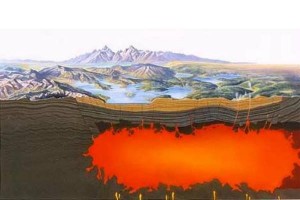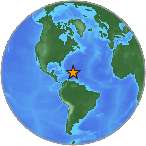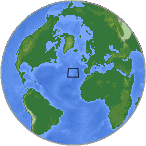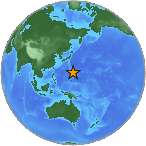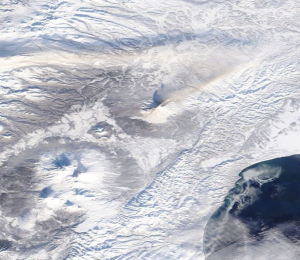
Kamchatkan eruption from space – NASA
A relatively large explosive eruption started January 21, 2014 and is currently in progress at Kamchatkan Shiveluch volcano, Russia. But this isn’t anything new.
This ash plume rose to estimated 4.5 – 5 km (14, 760-16, 400 ft) altitude and is drifting west. The ash is thickening the atmosphere, and is exacerbating the heavy winter cold air and blizzard conditions impacting the Northern Hemisphere.
The volcano continues to produce intense degassing and ash venting. Glow from the active lava dome is visible on night-time webcam images.
When this much ash remains in the atmosphere and is circulated in the wind currents, you will have a drop in temperature and cooling.
Activation code is now orange.
Here is a slide show of the eruptions at Kamchatkan in January 2014 and December 2013 from NASA Terra/MODIS images and images from the Institute of Volcanology and Seismology FEB RAS, KVERT
